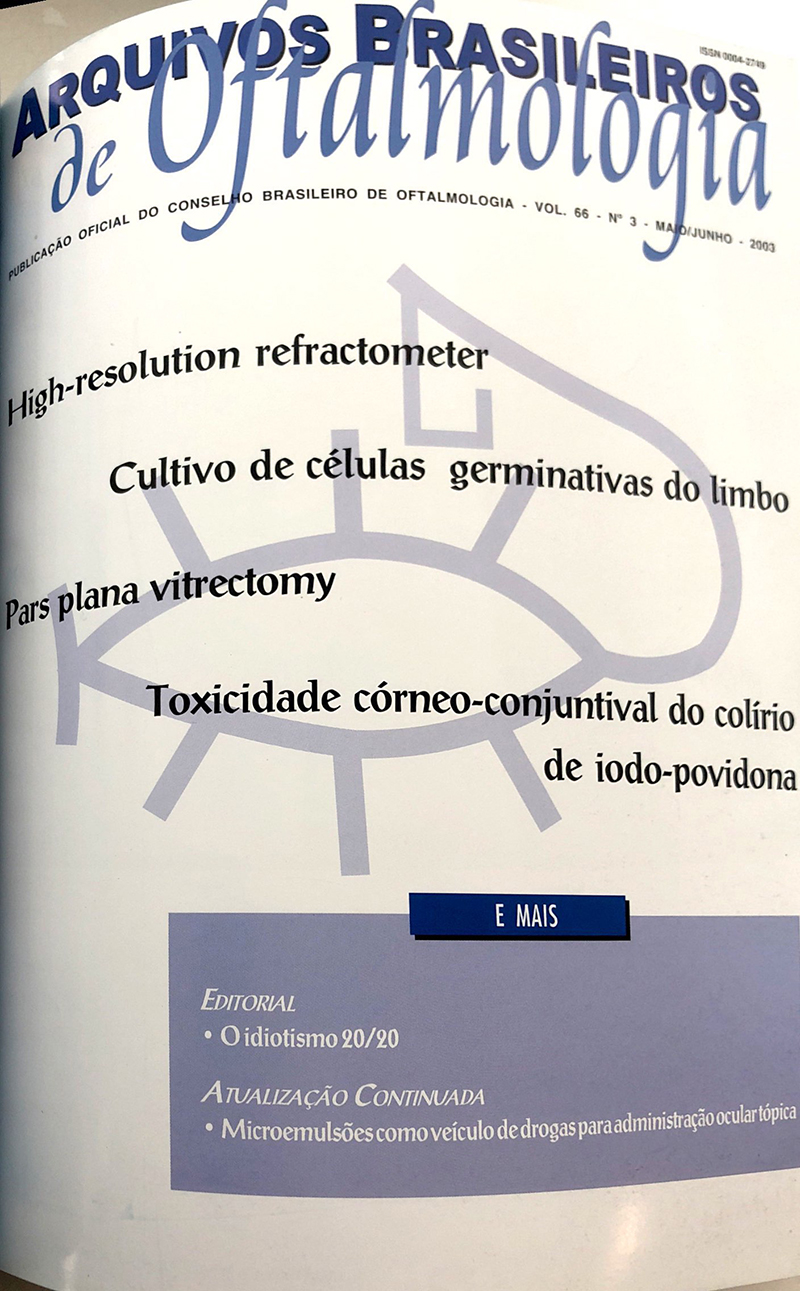PURPOSE: To study the incidence and risk factors (length of illness and arterial hypertension) for diabetic retinopathy in 1002 patients who were submitted to the diabetes program at the Onofre Lopes University Hospital from 1992 to 1995. METHODS: Retrospective study of patients diagnosed with diabetes mellitus referred by the university's diabetes Program to the Retina Department and were submitted to an ophthalmological examination, under the author's supervision, including: measurement of visual acuity, anterior and posterior biomicroscopy, Goldman applanation tonometry, and indirect ophthalmoscopy (tropicamide 1% + phenylephrine 10%) and analysis of the patients' records regarding length of disease and clinical arterial hypertension diagnosis. RESULTS: Of 1002 diabetic patients (in 24 fundoscopy was impossible to perform) 978 were divided into 4 groups: without diabetic retinopathy, 675 cases (69,01%); with non proliferative diabetic retinopathy, 207 cases (21,16%); with proliferative diabetic retinopathy, 70 cases (7,15%); and photocoagulated patients, 26 cases (2,65%). Of the total, 291 were males (29%) and 711 females (71%). These 4 groups were analyzed regarding gender, age, visual acuity, duration of the disease, presence of cataract and systemic hypertension.Concerning the type of diabetes, 95 were type I (9,4%), 870 were type II (86,8%), and in 37 cases (3,7%) the type of diabetes was not determined. CONCLUSION: It was shown that the longer patients had the disease, more likely they were to develop diabetic retinopathy and that hypertension systemic did not constitute a risk factor for the decrease of visual acuity in the hypertensive patients.
Keywords: Diabetes mellitus; D iabetic retinopathy; Primary health care; Blindness; Program evaluation
